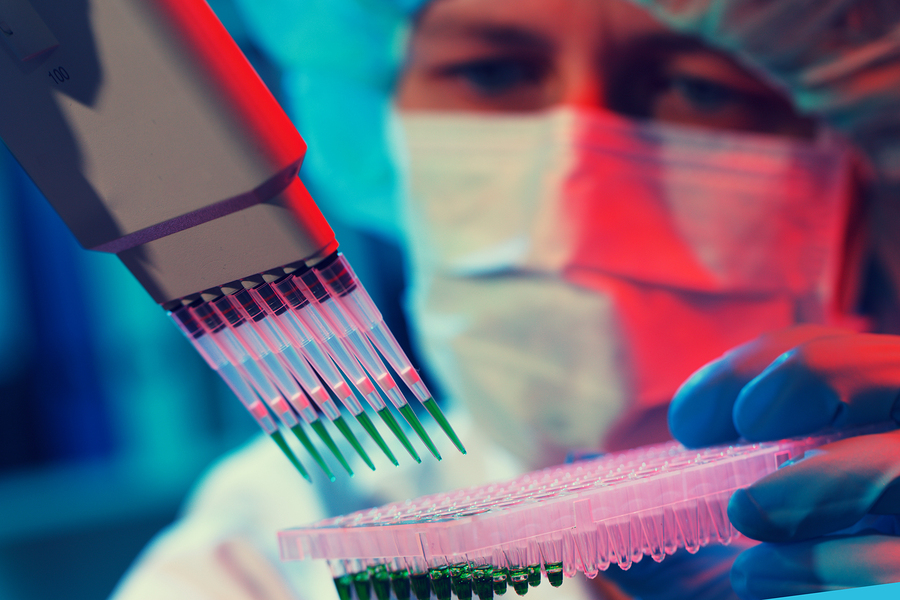Stem Cell Therapy Becoming More Affordable
/By Dr. Kristin Comella, Guest Columnist
Demand for stem cell therapy in the U.S. is anticipated to be at an all-time high this year as more patients seek to use their own cells to heal from various injuries and diseases. Among them are many chronic pain patients seeking alternatives to opioid medication and surgery for treating pain caused by systemic diseases, orthopedic conditions, neurological problems and aging.
At one time many patients traveled outside the country and were paying $20,000 to $50,000 for treatment at stem cell clinics in Europe and Asia. But over the past five years, the cost of stem cell therapy has come down dramatically.
Stem cell providers have been able to simplify the process into an outpatient protocol at hundreds of clinics throughout the U.S. As a result, costs are lower -- typically from $5,000 to $12,000 -- depending on the specific condition, practitioner, location and treatments required.
As with any specialized procedure, the cost will reflect the depth of the treatment and the time spent working with the patient. Unfortunately, stem cell treatments are not usually covered by insurance.
When compared to traditional surgery, where in most cases there is a similar price point and significant down-time, out-patient stem cell therapy is much less invasive. Patients treated with stem cells can return to their regular routines soon after the simple procedure, rather than requiring weeks of physical therapy or needing crutches and wheelchairs to get around.
Recent studies show that stem cells may be used in a variety of indications where opioids are frequently prescribed, such as back pain. I recently co-authored a small study appearing in the Journal of Translational Medicine, in which 15 patients with degenerative disc disease were treated with stem cells derived from their own fat tissue. All 15 patients reported a statistically significant reduced pain level after stem cell therapy.
Adult stem cells may have the ability to improve and possibly even reverse the effects of many types of chronic pain caused by tissue or neurological damage. Adult stem cells are found in every part of the body, and can be harvested from a patient’s own tissue, such as adipose (fat) tissue, muscle, teeth, skin or bone marrow. Fat tissue is one of the most plentiful sources of stem cells in the body. In fact, approximately 500 times more stem cells can be obtained from fat than bone marrow.
Typically, during a simple outpatient procedure, stem cells can be isolated from fat tissue in 30 to 90 minutes, under local anesthesia using a mini-lipoaspirate technique. They can then be infused or re-injected after the mini-liposuction.
A recent study published in the Journal of Clinical Medicine Research underscores the safety of using a person’s own stem cells – known as autologous stem cells -- in treating degenerative diseases and injuries. The study was the largest safety trial to date that successfully used stem cells from fat in procedures completed on 676 patients. It is also the first trial to address cells from fat in multiple diseases and with different delivery routes.
To date, more than 10,000 patients have been successfully treated using the stem cell protocols being utilized at American Stem Cell. There has been a significant increase in interest from patients in using stem cells for general health, anti-aging, and reducing inflammation. More and more patients are also seeking to preserve and bank their cells for “just in case” scenarios.
The positive results we’ve been getting are very encouraging and offer hope for many patients battling chronic pain.
Kristin Comella, PhD, is Chief Science Officer for American Stem Cell Centers of Excellence. She specializes in regenerative medicine with a focus on adipose derived stem cells.
The information in this column should not be considered as professional medical advice, diagnosis or treatment. It is for informational purposes only and represents the author’s opinions alone. It does not inherently express or reflect the views, opinions and/or positions of Pain News Network.





